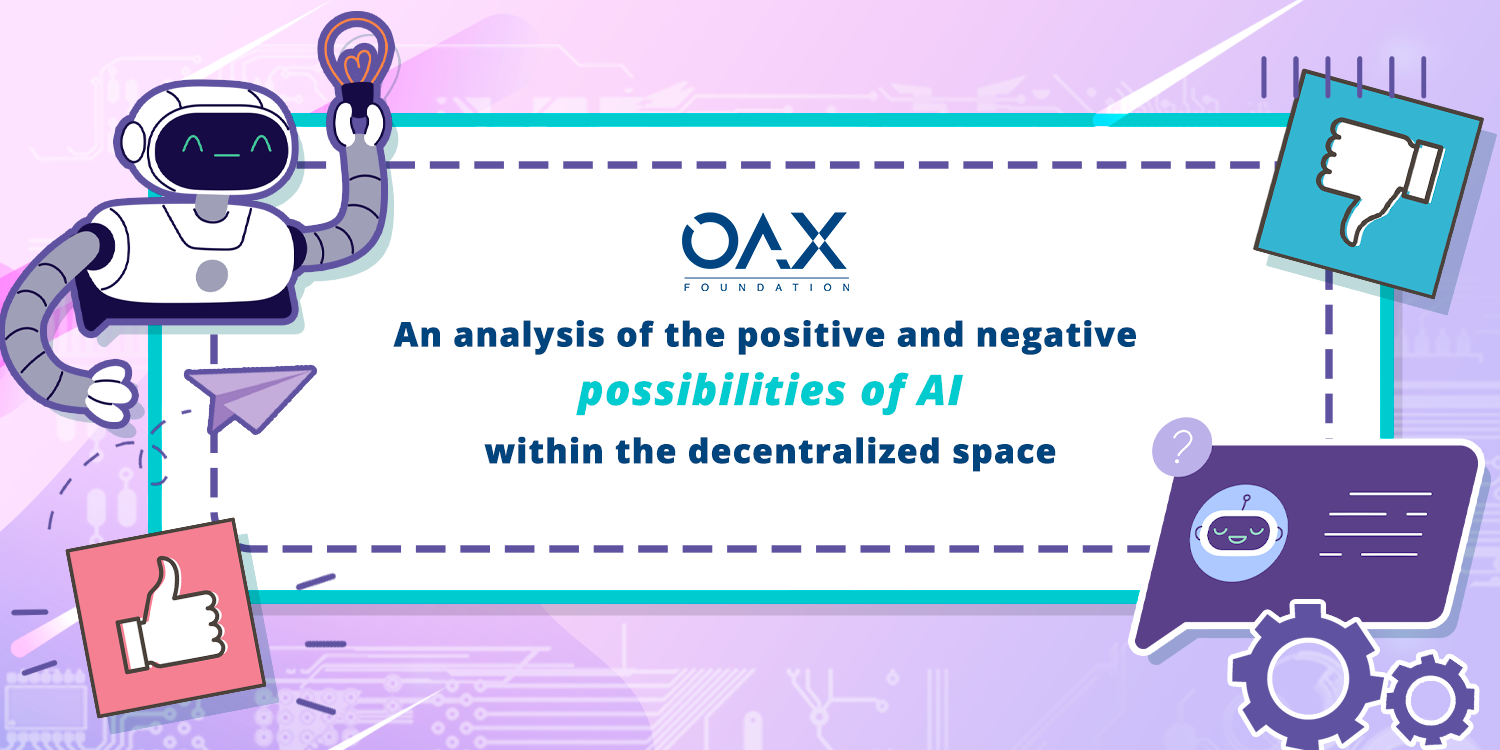
Turbocharging decentralized experiences through artificial intelligence
The rise of OpenAI’s language model ChatGPT, the deep learning model designed to parse a vast pool of text on the internet to produce human-like text responses, has also generated sensational headlines suggesting that AI is rapidly becoming an existential threat to humankind. What’s the reality behind the hype – and what does AI mean for the crypto world?
It’s no surprise that tech-savvy crypto and DeFi innovators have rapidly taken up these recent advances in AI. Early adopters have adapted the functionality in ways that make sense to their particular projects – and are finding a wide variety of applications.
For example, the ChatGPT language model was recently used to create a token called the Turbo Token with a cartoon mascot depicting a toad. This became so popular that its market cap briefly reached US$ 100 million. The creator, known as Mankind, described the token as an experiment in performance art, with no intention of profiting. But he concluded that AI in its current form is nothing to fear – rather, “smart people [are] using AI to turbocharge their abilities.”
In a pragmatic way of using AI to enhance the potential embedded in decentralised transactions, MarginFi recently announced an app called Omni using ChatGPT technology to work within its wallets. The AI-driven app creates a simple text-based interface that can perform simple tasks like token deposits and withdrawals. While it is currently limited to MarginFi, the platform is based on Solana, so it could be used in partnership with other Solana-based apps to interact across wallets – expanding the effectiveness of the app.
There are certainly fruitful avenues for using AI to enhance DeFi experiences. Hong Kong-based digital asset platform OSL has announced an AI trader bot with a beta client implementation set to launch in April 2023.
The bot uses machine learning algorithms and large language model (LLM) technology to automate trading services, including support, quotations, and execution. It also analyses historical data and market events for predictive modelling. OSL’s technology hub has also developed a ChatGPT plugin for automated digital asset transaction.

But while its hypothetical threat to humankind remains theoretical, generative AI has also caught the attention of bad actors. Fraudsters could attempt to misuse the technology by employing it to generate deceptive messages or responses to deceive or manipulate consumers or to exploit vulnerabilities, enhance social engineering techniques, or power other fraudulent activities.
Governments all over the world are scrambling to set good rules for the fast growth and spread of advanced artificial intelligence technologies. Experts told a group of U.S. senators that a new government agency is needed to check that these AI systems are safe. In Europe, the EU recently passed some new laws to test new AI technologies before people start using them. In Italy, the authorities briefly blocked OpenAI’s ChatGPT artificial intelligence program because they were worried about privacy, but lifted the ban after the creators made some changes. Experts say that while regulations are needed, the current government regulators don’t have enough resources or powers to properly oversee artificial intelligence.
At OAX Foundation, we understand that like most technologies, generative AI is not malevolent in itself. The outcomes it creates are purely a result of how it is applied – and this means that it can equally be used for beneficial purposes.
The examples we are excited about include the ability of AI tools to tackle fake news – after all, misinformation, impersonations and FUD are plentiful in this space. The pervasive scale of this ongoing problem means that manual fact-checking is no longer possible. This is where AI comes in: fact checkers can enter disputed claims into apps that use large language models; the applications seek out solid sources, analyse them, and compare the results against the claim in question. This enables fact checkers to sort the true from the false and provide sources.
Microsoft Edge is now combining GPT-4 with Bing to enable searches across reliable sources and debunk fake news. This application extends the use of the technology into real-time applications, drawing on up-to-the-minute data – a significant indication of its ability to be adapted by its users to new, practical purposes.
Because AI’s analytical power can analyse large datasets and identify underlying patterns, it can improve the quality of decision-making and risk management in DeFi. Over and above the promising early-stage applications MarginFi and OSL have already created, it can be used to analyse contracts, quantify risks, and assess market sentiment.
OAX Foundation has not been idle during the rapid roll-out of generative AI. As we have mentioned, our work with Notifs puts the power of AI into account-holders’ hands, giving them the ability to customize the notifications they receive from their crypto wallets. How else could we use it to help users to become smarter investors? Our aim is to help them gain deeper insights into their investments – and there is more we can do to enable this.
Real applications of AI and related generative technologies are in their infancy and there is a long way to go before their impact on the world in general and DeFi in particular can be seen. Today, builders are employing AI as an integrated tool to bring better experiences and more value to the user of core products. It is streamlining labour-intensive tasks, boosting productivity and saving time – time will tell if it can deliver the level of demand the hype is predicting.


